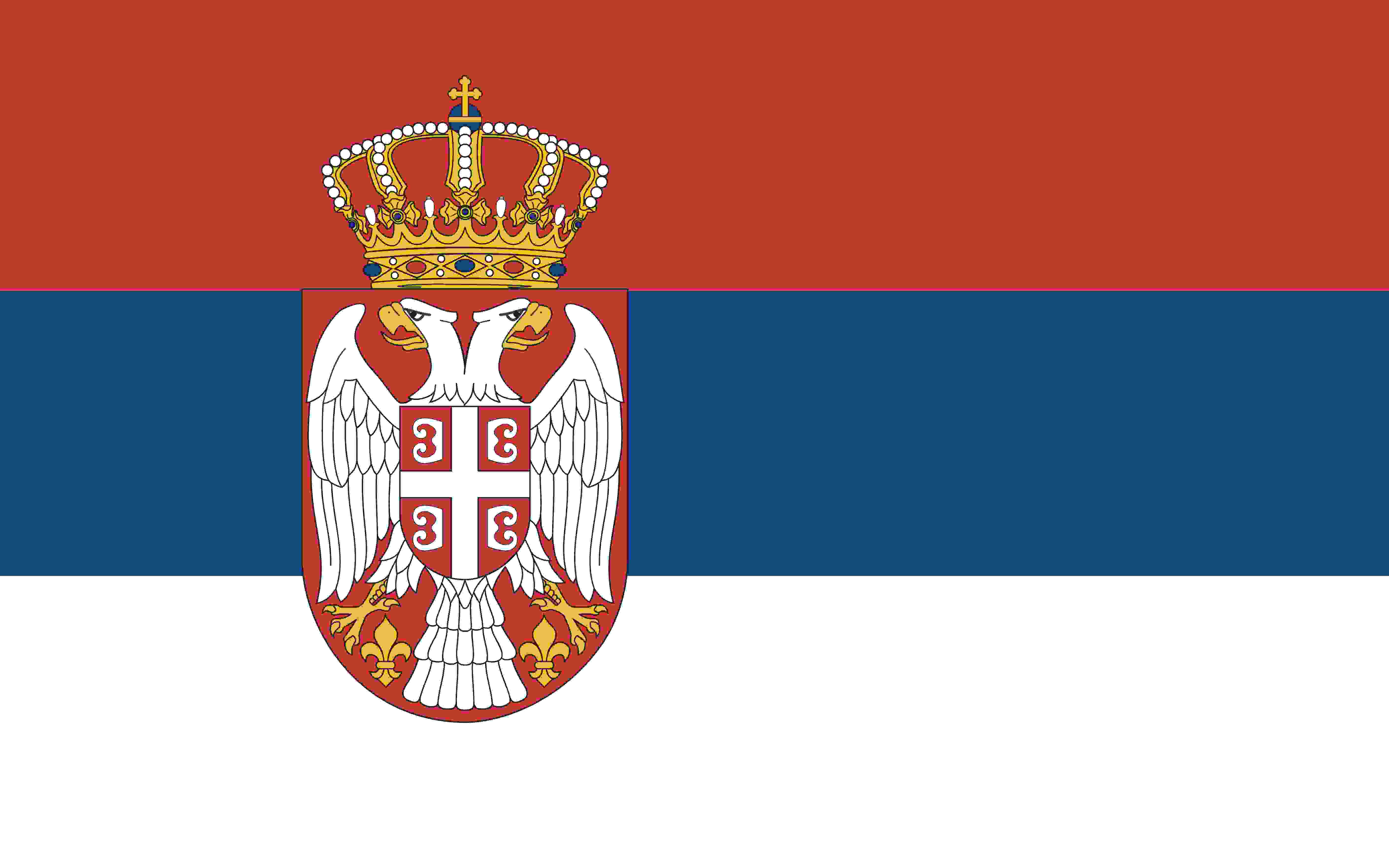
History of municipality of Ruma
The emergence of the organized life of human communities at large in the territory of Ruma, date back to prehistoric times. They testify to that archaeological findings of prehistoric settlements, of which it is certainly the most important site Gomolava near the village Hrtkovac in Ruma municipality. The first known inhabitants of these regions were members of various Illyrian and Celtic people. At the time of migration of people various Germanic tribes, then Huns, Avars and Slavs destroyed Roman culture on this soil. After that, the following centuries Srem became the of conflicts between Franks, Bulgarians, Byzantium and Hungarians, who, for some time, kept Srem under their control. The question of meaning of the name Ruma is not resolved. The assumption is that it is an oriental word that came to these parts with the Turks, but did not exclude the possibility that it dates back to even older times. According to currently available sources, the settlement named Ruma was first time mentioned in Srem Defter from 1546. Ruma was a medium - sized village, with a church and three priests. The inhabitants were Serbs, who were engaged in agriculture and livestock and paid taxes to Turkish government.

Ruma during Turkish government
As a village in Turkey, Ruma saw the Great Vienna War of Austria and Turkey, during which Srem was devastated, and its population scattered. This war was ended with the Peace of Karlovac in 1699, when Srem was divided into Austrian and Turkish parts by the line Sremska Mitrovica - Slankamen. Ruma stayed in that way for some time. After the new Austro - Turkish war and peace in Pozarevac in 1718, the village of Ruma and the rest of Srem were part of the Hapsburg government for the next 200 years.

Ruma during Hapsburg monarchy
Recorded in the second half of the 18th and the first half of 19th century are four important events. Ruma had a Serbian and a Catholic grammar school until 1787. In 1745 in Srem Military border was established, which also included Mitrovica. Count Marko Pejacevic decided to build new headquarters. He opted for the field near the village of Ruma. A new urban settlement began to emerge in modern day Ruma because of that in 1746. It had wide streets, which intersected at right angles. The first inhabitants were Serbs from the surrounding towns and villages as well as immigrants from Germany. Although they dealt with different things occupations - from agriculture to crafts and trade - all of them enjoyed civil privileges, which was a significant privilege for the time. Also, by the charter of the empress Maria Theresa from July 20th, 1747 Ruma acquired the status of a free town. With the right to holding several annual fairs and weekly markets. The same on October 10th, the first fair was held in Ruma with participation of a large number of merchants and artisans from all over the world. The Ruma manor also functioned with the development of city life, its founder was Count Marko Pejacevic. The manor reached its zenith in the second half of the 19th and the beginning of the 20th century. The manor was liquidated after the Agrarian reform at the end of WW1. The end of the 19th and the beginning of the 20th century was a time of accerelated economic and social development of Ruma. It gets the look of a real city settlements. However, many plans remained unrealized with the outbreak of the WW1. Many people from Ruma were in the war against their Slavic brothers, that's why they left the army en masse or avoided mobilization. Immediately after the end of the war, an assembly was held 24th of November 1918, at which delegates from all over Srem declared in favor of Srem joining Serbia.

Ruma during WW2
Ruma welcomed WW2 as one of the centers of German national minorities in Vojvodina. With the entry of German army in Ruma in April of 1941, the city established occupying power. Despite this many people from Ruma joined the national liberation movement, first in Fruska Gora and later throughout the country, contributing to anti - fascist struggle. Liberation of the city was 27th of October of 1944. In 2008. Ruma was welcomed with a significantly reduced number inhabitants, because the majority of German national minorities left the city on the eve of liberation.

 English
English